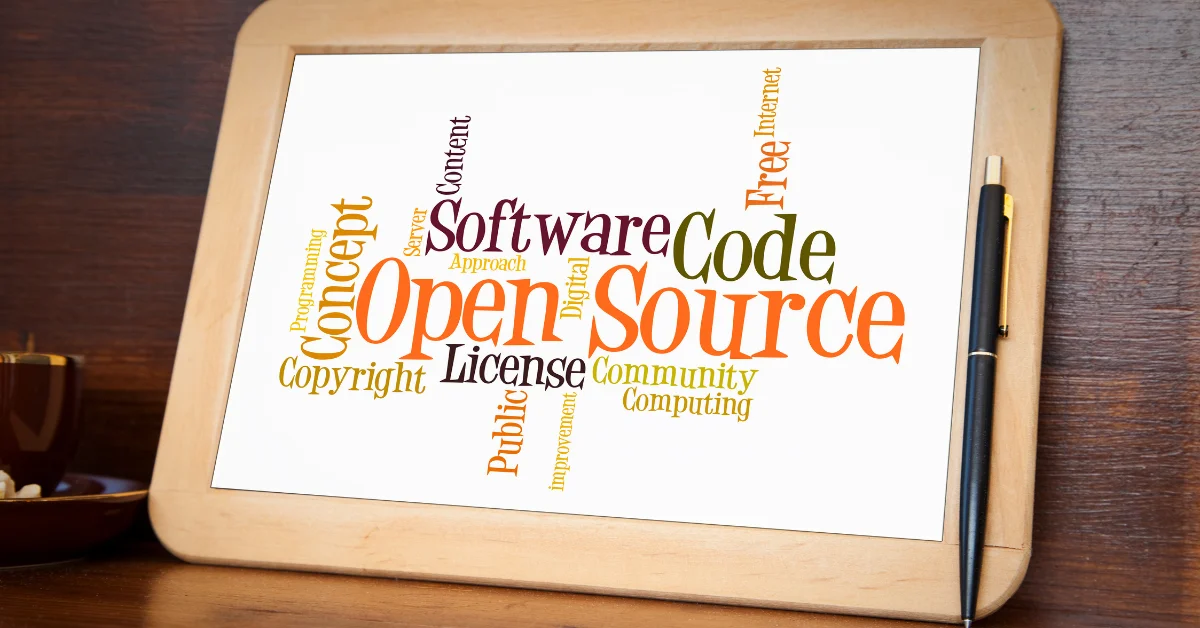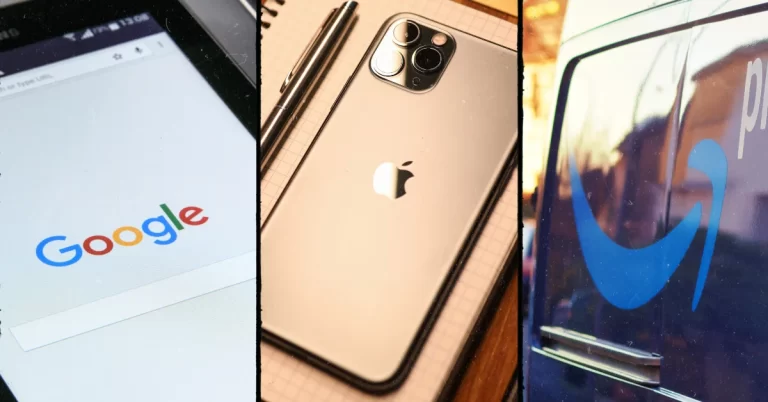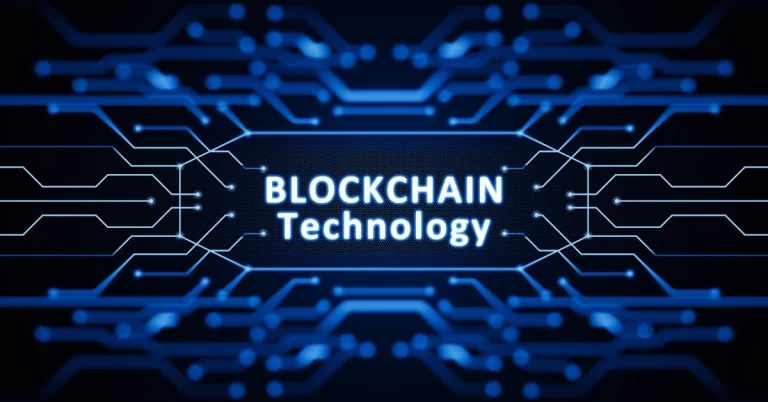Open Source and Patents: Navigating the Apparent Contradiction
At first glance, open source software and patents seem completely at odds with each other. Open source is all about sharing code freely, while patents are designed to give exclusive rights to inventors. How can these two worlds possibly work together? As someone who has navigated these waters from both sides—as a former software developer and now as a patent professional—I’ve seen firsthand how companies and developers struggle with this apparent contradiction.
But here’s the thing: the relationship between open source and patents is far more nuanced than many people realize. Today, I want to break down this complex topic and show you how companies and developers are successfully navigating this challenging landscape.
The Fundamental Tension
Let’s start by understanding why these two concepts seem so contradictory:
Open Source Philosophy: At its core, open source is built on principles of freedom and sharing. Open source software can be freely used, modified, and distributed by anyone. The underlying code is open for all to see, study, and build upon.
Patent Protection: Patents, on the other hand, grant inventors exclusive rights to their inventions for a limited time (typically 20 years in the US). During this period, the patent holder can prevent others from making, using, or selling the patented invention without permission.
This creates an obvious tension: How can you share your code openly while also claiming exclusive rights to the innovations within it?
Mark, a brilliant developer I worked with, encountered this dilemma firsthand. He had created an innovative algorithm for processing large datasets that was much faster than existing solutions. He wanted to share this code with the community through an open source project, but his company was concerned about protecting their competitive advantage. “How can I give this away while still protecting our business?” he asked me during our first meeting.
This question perfectly captures the central challenge many face.
Open Source Doesn’t Mean “No Rights”
One common misconception is that open source means giving up all rights to your code. In reality, open source software is still protected by copyright, and the open source license you choose determines exactly what others can and cannot do with your code.
There are dozens of different open source licenses, ranging from permissive (like MIT and Apache) to restrictive (like GPL). Each license comes with its own set of rules and requirements.
Example: The Apache License
The Apache License 2.0, used by many commercial organizations for their open source projects, includes a specific patent grant. This means that contributors automatically grant a patent license to users of the code for any patents they own that cover their contributions.
However—and this is crucial—this patent grant only applies to the specific code contributed to the project. It doesn’t extend to the contributor’s entire patent portfolio.
Example: GPL and Patent Retaliation
Some open source licenses, like GPL version 3, include “patent retaliation” clauses. These provisions state that if you sue someone for patent infringement based on the open source software, you lose your rights to use that software.
These examples show that open source licenses have evolved to address patent concerns, creating a framework where sharing and protection can coexist.
Strategic Approaches to Open Source and Patents
Companies and developers have developed several strategies to navigate the intersection of open source and patents:
1. The Defensive Patent Portfolio
Many tech companies build patent portfolios primarily for defensive purposes. They don’t necessarily plan to aggressively enforce these patents; instead, they use them as a shield against patent lawsuits from competitors.
Real-world example: Red Hat, a company built entirely around open source software, has amassed a significant patent portfolio. However, they’ve made a public pledge not to enforce their patents against open source software. Their patents serve as a deterrent against patent aggression from others, rather than as weapons to restrict open source development.
2. Open Source Patent Pledges and Pools
Several major technology companies have made public commitments not to enforce certain patents against open source software. These pledges help create “safe spaces” for open source development.
Real-world examples:
- Google’s Open Patent Non-Assertion Pledge covers a significant number of patents that Google has promised not to assert against open source software.
- The Open Invention Network (OIN) is a shared defensive patent pool designed to protect Linux and other open source technologies. Members agree not to assert their patents against the Linux system.
3. Strategic Open Sourcing
Some companies strategically decide which parts of their technology to open source and which parts to keep proprietary and patent-protected.
Real-world example: Tesla made headlines in 2014 when Elon Musk announced they would not initiate patent lawsuits against anyone who wanted to use their electric vehicle technology “in good faith.” This move was designed to accelerate the adoption of electric vehicles. However, Tesla didn’t open source everything—they kept key aspects of their technology proprietary while encouraging adoption of their broader approach.
4. Selective Patenting
Many companies that actively contribute to open source still pursue patents for their core innovations, particularly those that provide competitive advantage.
Real-world example: IBM is both one of the largest patent holders in the world and a major contributor to open source. They strategically patent their most valuable innovations while still contributing significantly to open source projects.
Navigating Patent Risks in Open Source Development
If you’re a developer or company working with open source software, here are some practical considerations to help you navigate patent concerns:
1. Understand Open Source License Terms
Different open source licenses handle patent rights differently. Before using or contributing to an open source project, understand what patent rights you’re granting or receiving.
- Permissive licenses (MIT, BSD) typically don’t address patents explicitly
- Apache License 2.0 includes an express patent license
- GPL v3 includes patent retaliation provisions
2. Perform Due Diligence
Before incorporating open source code into your products or contributing to open source projects, consider performing a patent risk assessment. This might include:
- Reviewing the project’s license terms
- Checking if any contributors have made patent claims related to the project
- Assessing whether the technology potentially infringes existing patents
A healthcare technology startup I advised was building their platform using various open source components. Before launch, we conducted a thorough review of all the open source licenses they were using and identified several patent-related issues they needed to address, potentially saving them from future legal headaches.
3. Consider Patent Non-Aggression Communities
For many companies, joining patent non-aggression communities like the Open Invention Network can provide significant protection when working with open source.
4. Develop a Clear IP Strategy
Whether you’re an individual developer or a large corporation, having a clear intellectual property strategy is essential when working with open source software. This strategy should address:
- What technologies you’ll seek to patent
- How you’ll handle open source contributions
- Which open source licenses align with your goals
- How you’ll respond to patent assertions against you
Common Scenarios and Solutions
Scenario 1: Contributing to Open Source While Protecting IP
A common challenge occurs when a company wants to contribute to open source while still protecting their core intellectual property.
Solution: Many companies adopt a “core and context” approach—keeping their core differentiating technology proprietary while contributing “context” code (supporting infrastructure, tools, etc.) to open source. This approach allows them to patent their most valuable innovations while still participating in the open source community.
Example: A cybersecurity firm I worked with had developed an innovative threat detection algorithm. They kept the algorithm itself proprietary and patent-protected but contributed tools, interfaces, and supporting libraries to open source projects. This approach allowed them to protect their core value while building goodwill and benefiting from community contributions to the surrounding ecosystem.
Scenario 2: Using Open Source in Commercial Products
Another common scenario involves companies incorporating open source code into commercial products while maintaining patent protection for their own innovations.
Solution: Carefully review the licenses of all open source components to understand the patent implications. Choose open source components with licenses that align with your business model, and consider isolating open source code from proprietary code where appropriate.
Example: An IoT device manufacturer built their product using an open source operating system. They designed their system architecture to clearly separate the open source components from their proprietary hardware control systems, allowing them to patent their hardware innovations while complying with the open source licenses.
Scenario 3: Dealing with Patent Assertions Against Open Source
What happens when someone asserts patents against open source software you’re using?
Solution: This is where defensive patent pools and non-aggression pledges become valuable. Being part of organizations like the Open Invention Network can provide protection against such assertions. Additionally, some open source foundations maintain legal defense funds to protect their projects.
Example: When a patent assertion entity (sometimes called a “patent troll”) targeted several companies using a popular open source messaging protocol, the targeted companies pooled resources through a joint defense agreement. They also received support from the Open Invention Network, which helped invalidate the asserted patent through prior art research.
The Evolving Landscape
The relationship between open source and patents continues to evolve. Several trends are worth watching:
1. More Sophisticated License Terms
Newer open source licenses are increasingly sophisticated in how they address patents. The evolution from GPL v2 to GPL v3, which added explicit patent provisions, illustrates this trend.
2. Growth of Patent Non-Aggression Communities
Organizations like the Open Invention Network continue to grow, creating larger safe harbors for open source development.
3. Legal Precedents
Court cases involving open source and patents are establishing important precedents that will shape future interactions between these two worlds.
4. The Impact of Standard Essential Patents
As open source technologies increasingly become part of industry standards, the interaction between open source, patents, and standard-essential patent obligations creates new complexities.
Finding Balance: A Personal Perspective
Having worked with both open source developers and patent attorneys, I’ve seen that the most successful approaches find a balance rather than taking extreme positions.
The reality is that both patents and open source are tools that serve different purposes. Patents incentivize innovation by providing temporary exclusive rights, while open source accelerates adoption and collaborative improvement.
The companies that navigate this landscape most successfully don’t see it as an either/or choice. Instead, they develop nuanced strategies that leverage both systems appropriately—patenting core innovations where exclusivity provides business value, while embracing open source where collaboration and widespread adoption are more valuable than exclusivity.
Practical Takeaways
If you’re trying to navigate the intersection of open source and patents, here are some key takeaways:
- Educate yourself about licenses: Understand the patent implications of different open source licenses before using or contributing code.
- Develop a clear strategy: Decide thoughtfully what to patent and what to open source based on your business goals.
- Consider joining defensive communities: Organizations like the Open Invention Network can provide valuable protection.
- Stay informed: The legal landscape continues to evolve, so stay updated on new developments.
- Seek expert advice: When in doubt, consult with legal experts who understand both patent law and open source licensing.
The apparent contradiction between open source and patents isn’t as absolute as it first appears. With careful navigation and strategic thinking, these two worlds can not only coexist but complement each other in powerful ways.
As a patent agent with experience in both software development and intellectual property law, I’ve helped many clients navigate the complex intersection of open source and patents. While this article provides general guidance, each situation involves unique considerations. For specific advice about your technology and business goals, consult with a registered patent attorney or agent experienced in this specialized field.






